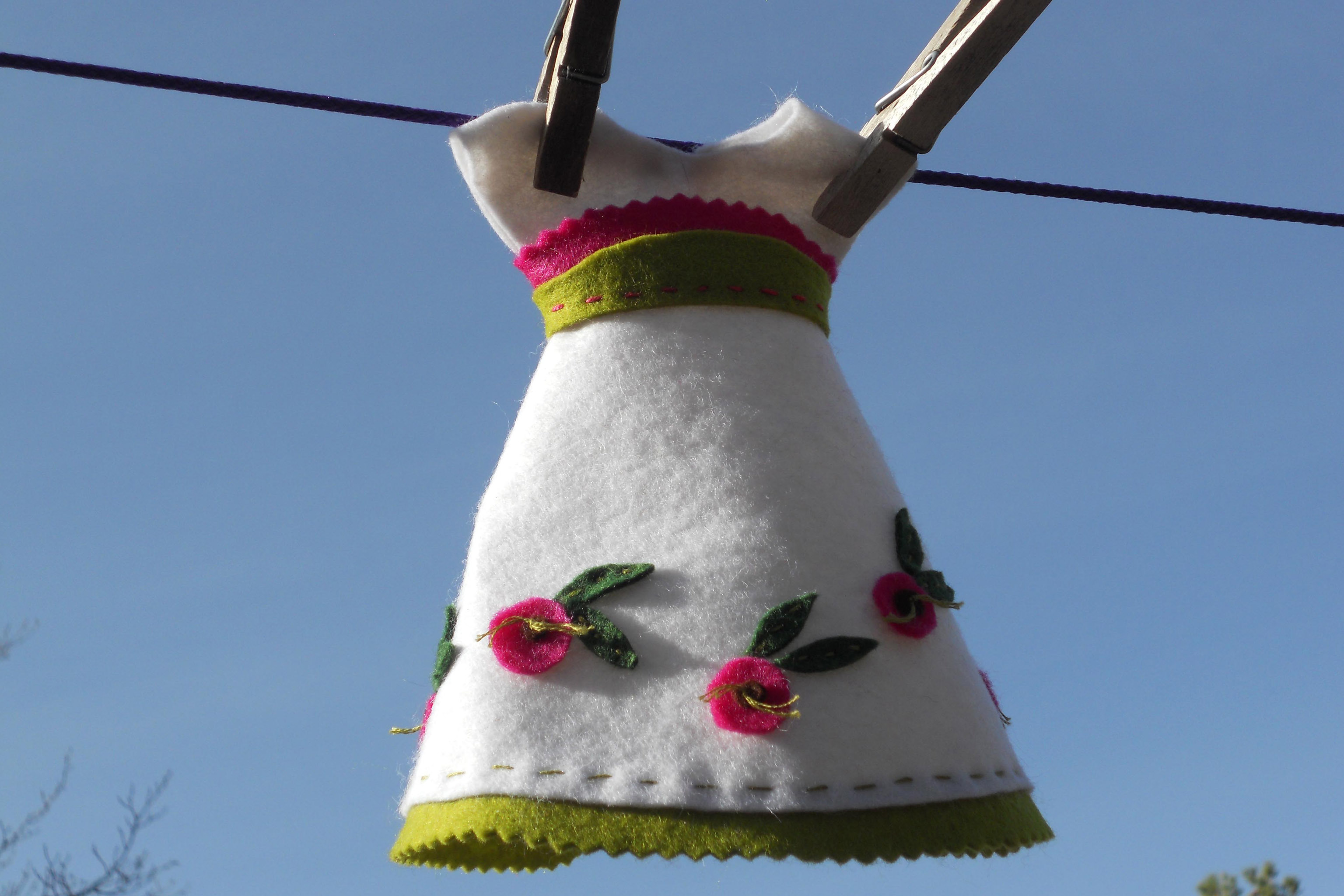Make a mini mock-up
Build a mini mock-up of a room or house using cardboard, paper, scissors, and glue to practice measuring, scaling, and arranging furniture.



Step-by-step guide to make a mini mock-up of a room or house
😊 Learn How to Draw a Smiley Face for Kids 🎨 | Easy Drawing and Coloring for Toddlers & Preschoolers
Step 1
Pick one room in your house to model like a bedroom or living room.
Step 2
Measure the real room’s length width and height with a measuring tape and write the numbers down.
Step 3
Choose a scale for your model such as 1:20 and write how the real measurements will shrink on your model.
Step 4
Convert the real room measurements into scaled model measurements and write each scaled number clearly.
Step 5
Use your ruler and pencil to draw the scaled floor plan on a piece of cardboard.
Step 6
Cut out the floor plan from the cardboard carefully using scissors.
Step 7
Measure and cut cardboard strips for the walls using the scaled wall heights and the room edge lengths.
Step 8
Glue each wall strip upright to the edges of the floor plan to make the room shell.
Step 9
Draw furniture shapes to scale on plain paper or thin cardboard for items like a bed table and chair.
Step 10
Cut out each furniture shape with scissors.
Step 11
Fold or glue the paper or cardboard furniture pieces to make them stand up as little models.
Step 12
Decorate the walls and furniture using coloring materials to add windows rugs and patterns.
Step 13
Arrange your furniture inside the room and try at least two different layouts to see what fits best.
Step 14
Share your finished mock-up on DIY.org
Final steps
You're almost there! Complete all the steps, bring your creation to life, post it, and conquer the challenge!


Help!?
What can we use if we don't have cardboard or a measuring tape?
Use a cereal box, poster board, or stiff paper for the floor plan and walls, and substitute a school ruler or a smartphone measuring app for the measuring tape.
My walls keep falling over or the scaled furniture won't stand—how can we fix that?
Fold small tabs along the bottom of each cardboard wall and glue or tape them to the floor plan, and add extra cardboard bases or small folded tabs to furniture pieces so they stand upright.
How can I adapt the activity for younger or older kids?
For younger children, simplify step 3 by using an easy scale like 1:10 and have an adult pre-measure and pre-cut cardboard, while older kids can do the exact scaled conversions in step 4 and add doors, windows, or a second room.
How can we extend or personalize the mock-up beyond arranging two layouts?
Personalize the model by adding fabric scraps for rugs, stickers or drawn curtains on the walls, a battery tea light for a lamp, and removable partitions so you can test more layouts before sharing on DIY.org.
Watch videos on how to make a mini mock-up of a room or house
How to Draw a Smiley Face | Step by Step
Facts about model-making and basic measurement
✂️ Corrugated cardboard has been used for packaging since the 19th century — it's lightweight, strong, and widely recyclable.
📏 Architects often build models at 1:50 or 1:100 so a whole room or building fits on a small display while keeping real proportions.
🧩 Many miniature models and dollhouses use the 1:12 scale (1 inch = 1 foot), a classic 'tiny house' size for furniture.
🧠 Playing with building toys and making scale models helps develop spatial reasoning, a skill linked to later success in STEM.
🏠 The earliest known dollhouses, called 'baby houses', appeared in 17th-century Europe as miniature displays of domestic life.
How do you build a mini mock-up of a room or house to practice measuring and arranging furniture?
What materials do I need to make a mini room or house mock-up?
What ages is building a scaled mini mock-up suitable for?
What are the benefits of making a mini mock-up and how can I vary the project?


One subscription, many ways to play and learn.
Only $6.99 after trial. No credit card required



